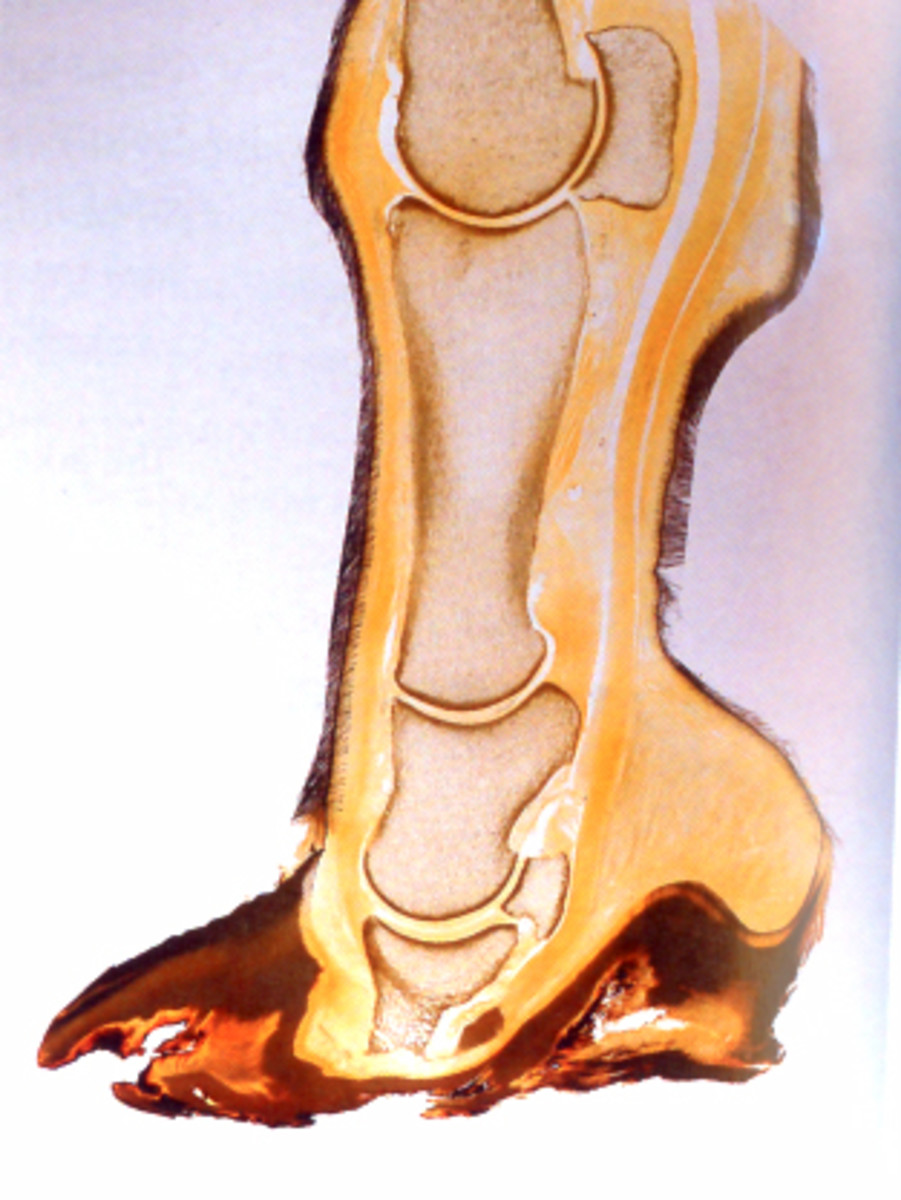Has it really been almost five years since we lost Barbaro to laminitis? It seems like yesterday, but you should be getting ready for an onslaught of reminders that the first Saturday in May this year will be the fifth anniversary of Barbaro’s spectacular victory in the Kentucky Derby.
[VIDEOSINGLE type=”youtube” keyid=”GIEkpcM4REk”, width=”560″, height=”344″]
Two weeks later, the colt stood on the racetrack at Pimlico in Baltimore as the field of the Preakness Stakes ran on without him. His hind leg dangled as his jockey, Edgar Prado, struggled to help the horse. As the equine ambulance took him away, one of the most unusual and compelling stories in the horse world began. The public was allowed to listen in, via an army of press, the magic of the Internet, and the decision of a veterinarian, a university and two horse owners. It had never happened before and it may never happen again.
To commemorate this landmark year, two projects have been announced so far. The first is a special program to air next Sunday night on HRTV’s “Inside Edition” with Barbaro’s surgeon and personal physician, Dr Dean Richardson of the University of Pennsylvania.
Here’s some footage from a 2007 special that HRTV produced in 2007 about Barbaro:
[VIDEOSINGLE type=”youtube” keyid=”ISbLYsAe9d0″, width=”560″, height=”344″]
It brings it all back, doesn’t it? I don’t know where you were in 2006, but I’m sure that you felt differently about laminitis after Barbaro. I believe that, along with the huge communal emotion his death brought, the heightened public awareness of laminitis was one of Barbaro’s greatest gifts to the entire horse world.
No one tells a more complete story of Barbaro’s life, death, and after-life than Alex Brown, who helped care for the colt when he was a patient at New Bolton. Alex has researched and written a massive tribute to Barbaro and to Barbaro’s friends. In a beautiful “coffee table” book, Alex explains what Barbaro meant to the people who raised him, the people who trained him, the people who owned him, the people who nursed him at New Bolton Center, and the people who stood vigil.
But then Alex connects some farflung dots, and shows what’s happened since Barbaro died, and what an impact the horse has had in these past years.
I never met Barbaro and I didn’t rush to New Bolton Center to try to report on his situation from the front lines, although I could have. Instead, I wanted to run the other way. I’ve been too close to laminitis, too many times. It wasn’t a story I wanted to write about every time the university issued another press release, because I knew how much danger the horse was in and how things could change in an instant.
But I also knew that if ever there was a hope for the public to understand just how terrible racetrack breakdowns and laminitis can be, this was it. I had to write, and keep writing.
When my copy of Greatness and Goodness: Barbaro and His Legacy arrived in the mail, I wished it had a bind-in tissue, because I wasn’t prepared for the immediate and automatic emotion that the book brought out in me. It was as if page by page I was reliving the blog stories I used to write about Barbaro. I remember always wondering what might have happened to his lamintic foot or his screw-riddled fetlock by the time I’d push the “publish” button.
My brand new book was tear-stained before I even had a chance to read it. It is an honor to be quoted in this book.
I don’t know if I was crying for Barbaro, as much as I cried for all the horses who suffered from laminitis, especially the ones that never get any treatment or pain medication. Barbaro was very carefully monitored to make sure that his condition was within humane and ethical boundaries. But he put a long handsome face on laminitis. He made it real. When people saw the sores on his flanks, they could see that laminitis ravages more of a horse than just the feet.

I remember being in a barn at a vet hospital late one night when a van pulled up and delivered a young filly from a sale. It took three people to help her into a stall. She had acute laminitis in both front feet and was sinking. She was young, unraced, scared to death, alone in a big barn, and in pain, sweating. When I came back the next day to see how she was, she was gone. Believe me, she didn’t go home.
Laminitis is something that every veterinarian and farrier risks facing on any given day, and any case, even the ones who look like they’re going to make it, can suddenly relapse before your very eyes. For many of the vets and farriers I know, every laminitis case is as important as Barbaro, and every one they lose hurts just as much as the one before. And the ones who make it? That’s what keeps them going, and I can tell you that there are more and more of them, in part thanks to Barbaro’s legacy.
Greatness and Goodness: Barbaro and his Legacy”>Click here to learn more about Greatness and Goodness: Barbaro and His Legacy by Alex Brown.
Note: The Grayson Jockey Club Foundation announced last month that it will fund a joint research project between Dr Richardson and Drs. Chris Pollitt and Andrew Van Eps of the University of Queensland and the famed Australian Equine Laminitis Research Unit. The research will focus solely on “support-limb” laminitis, the form of the disease that affected Barbaro. This will be the first time that Grayson funding has been granted to the AELRU. Dr. Richardson is also researching laminitis with money from the Barbaro Fund for Equine Health and Safety Research.








